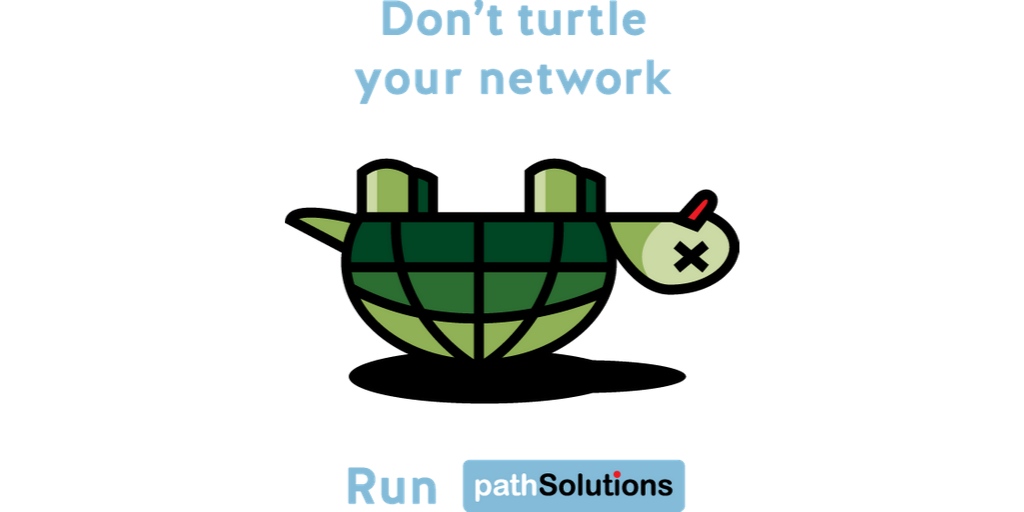
Many enterprises today are facing a digital talent gap. It can be difficult for IT managers to find enough qualified professionals to round out their teams. Along with the challenges of recruiting and hiring new workers, there is an ongoing need to retrain current professionals with older skill sets.
Today, more than half of IT leaders report the digital talent gap is widening at their organizations, according to a recent report from Gartner, Inc. Only 29 percent of functional leaders believe they have the talent they need to meet current performance requirements.
Only 29 percent of functional leaders believe they have the talent they need to meet current performance requirements.
“As organizations increasingly digitalize every facet of their operations, they are facing incredible difficulty accessing the right talent,” said Leah Johnson, Vice President in the Gartner HR practice at a recent London conference. “A Gartner survey found that only 24 percent of functional leaders report that they can quickly hire the talent they need with their current resources and processes.”
One reason organizations are finding it hard to get the right talent in the door is the hypercompetitive labor market – especially for the most critical IT roles. In addition to issues with recruiting talent, organizations are also facing difficulty training their workforce. Only 31 percent of functional leaders reported they can quickly develop the talent they need with their current resources and processes.
For IT leaders facing an internal talent gap, one approach is to look for outsourced solutions, such as a managed services provider or an agency that can provide temporary workers. But there’s another way to look at the problem: redesigning work processes and prioritizing key tasks (the demand side of the equation) rather than simply focusing on the supply of skilled labor.
Enterprises can empower IT departments by leveraging these types of work design strategies:
Mitigate skill imbalances by focusing on teams.
Rather than focusing on training individuals for every needed skill competency, organizations need to look at building teams, functions, or units with the optimal mix of capabilities that address business needs. That might mean redeploying workers continuously across teams based on their individual skills and abilities. This group approach provides more flexibility for IT leaders in meeting the business needs of the organization.
Focus workflows on value creation areas.
Not all business tasks are equally important. IT leaders can identify the high-impact activities for individuals and teams. Then, managers can support and coach their employees by eliminating low-value tasks, such as reporting and responding to one-off requests.
Leverage technology systems and tools.
Gartner’s research found that 30 percent of functional leaders surveyed said their organization uses technology systems and tools to reduce the need for staff with specialized competencies as much as possible. To utilize technology more effectively, organizations should determine which tasks are repetitive and can be automated versus those that are cognitive and need to be owned by people. Next, the training and technology costs should be assessed before leaders recommend specific technology changes that can streamline processes.
Seek employee input on work processes.
In many cases, IT professionals on the front lines have ideas for improving work processes. IT leaders should pay close attention to those suggestions – especially ideas that may be able to increase the team’s productivity without necessitating the hiring of more workers.
Gartner studies have found that work design strategies focused on role structure, workflow and systems enablement can actually have a bigger impact on closing the talent gap than hiring more workers. But the best approach is probably to look at both the demand and the supply side of the talent gap.
As Johnson said, “Ultimately, organizations will realize the greatest results by combining talent strategies and work design strategies.”

